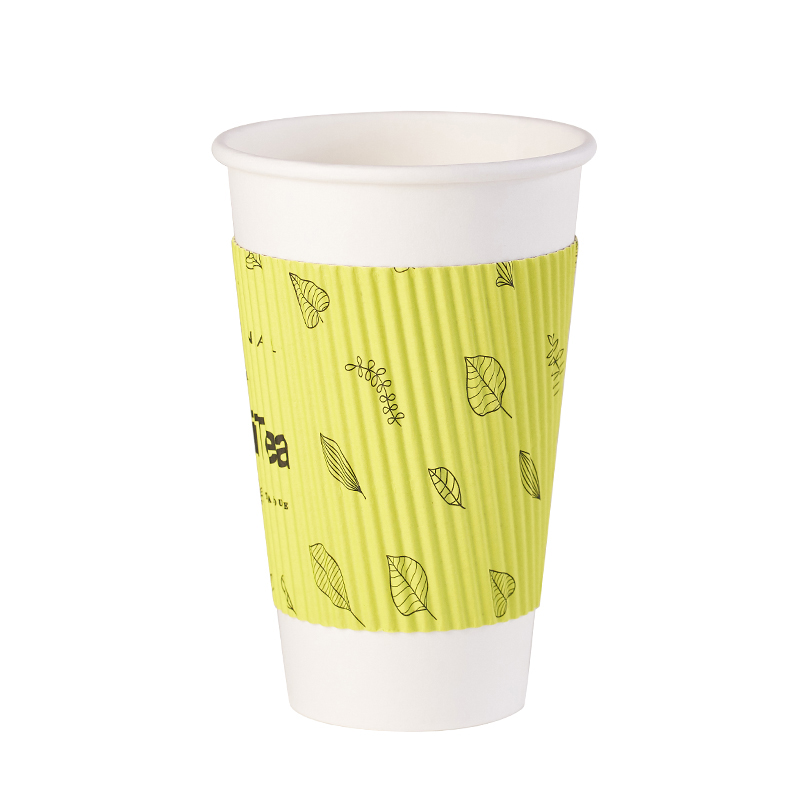
Disposable ripple wall paper cups are commonly used for serving hot and cold beverages, such as coffee, tea, and various soft drinks. They are designed with an insulating layer between the outer and inner walls, which helps to maintain the temperature of the drink and provide a comfortable grip for the consumer. However, when it comes to assessing their environmental impact, several factors need to be considered.
The first factor to consider is the materials used in the production of ripple wall paper cups. Most of these cups are made from paperboard, which is derived from trees. Paperboard production requires the harvesting of timber, which can have a significant impact on forests and natural habitats. Additionally, the manufacturing process involves the use of chemicals, energy, and water, which contribute to air and water pollution.
On the other hand, ripple wall paper cups are generally coated with a layer of polyethylene or other plastic materials to make them waterproof. These plastics are derived from petrochemicals, a non-renewable resource. The extraction and processing of these petrochemicals can have detrimental effects on the environment, including air and water pollution, greenhouse gas emissions, and habitat destruction.
In terms of waste management, disposable ripple wall paper cups pose a challenge. While they are technically recyclable, their mixed material composition makes it difficult to separate the paper and plastic components during the recycling process. As a result, many recycling facilities are unable to process these cups effectively, leading to their disposal in landfills or incineration. In addition, the plastic linings often end up as microplastic pollution in the environment, causing harm to wildlife and ecosystems.
However, some improvements have been made in recent years to address these environmental concerns. For instance, advancements in cup design and materials have led to the development of compostable ripple wall paper cups. These cups are made from renewable resources, such as plant-based plastics or bio-derived coatings, which can break down naturally in composting facilities. Compostable cups offer a more sustainable alternative to conventional ripple wall paper cups, as they can divert organic waste from landfills and reduce the release of harmful substances into the environment.
Another aspect to consider is the energy and resources consumed in transporting ripple wall paper cups. Disposable cups are often manufactured in one location and distributed to various retail outlets, resulting in carbon emissions from transportation. Moreover, the energy required to heat and mold the cups also contributes to their overall environmental impact. One way to mitigate these issues is to encourage local production and use of reusable cups, which can significantly reduce transportation and energy consumption.
While disposable ripple wall paper cups offer convenience and insulation for beverages, their environmental impact is significant. The use of non-renewable resources, air and water pollution during production, challenges in recycling, and transport-related emissions are some of the key concerns associated with these cups. Although compostable alternatives have emerged as a more sustainable option, addressing the issue of disposable cup consumption requires a multi-faceted approach that includes consumer behavior change, improved waste management systems, and the development of more sustainable materials and production processes.


